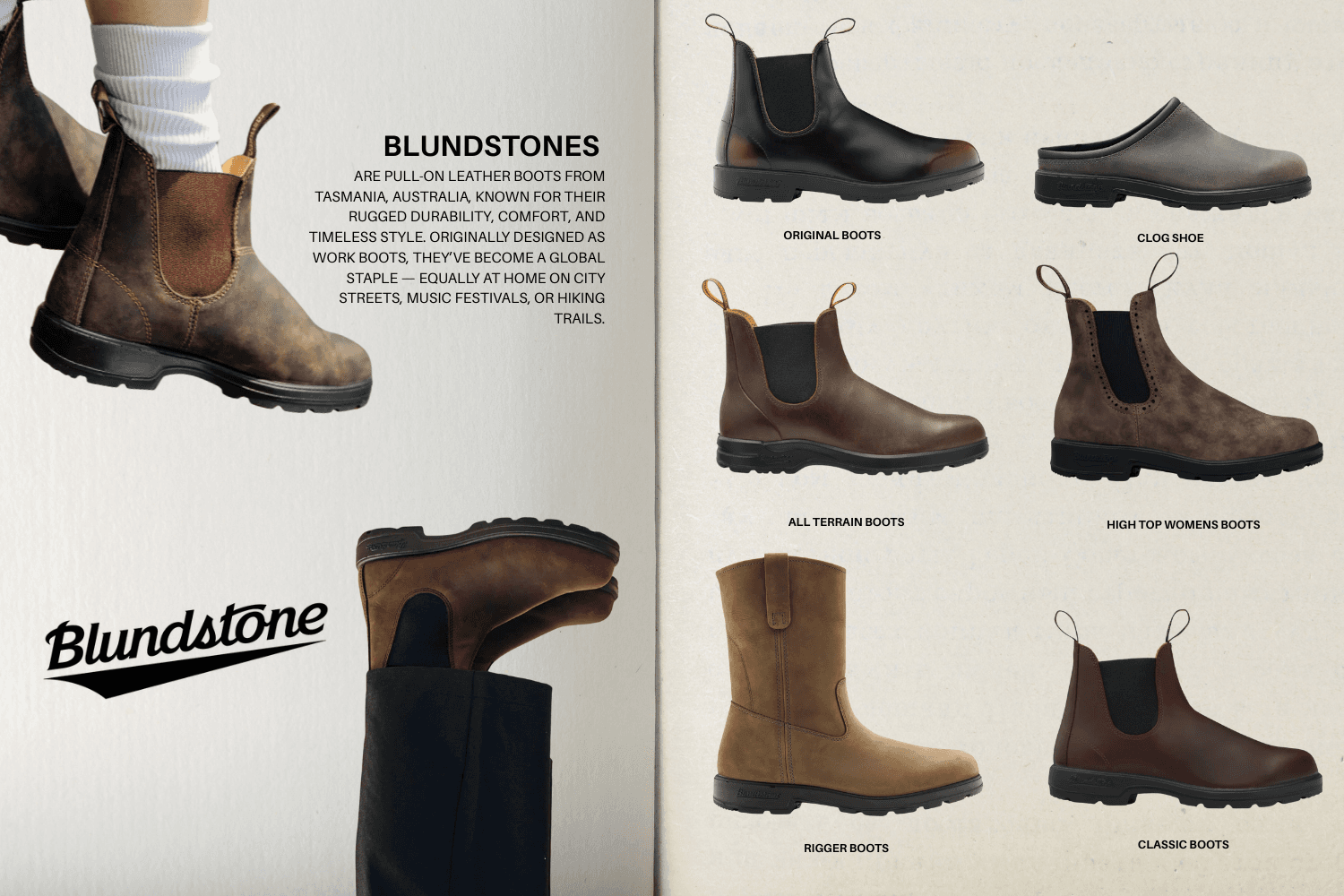Would you like to shop more sustainably? Or are you interested in building a capsule wardrobe?
Here are our tips and tricks to make your closet sustainable and stylish.
Shop Second Hand
An easy way to build a sustainable wardrobe could be to shop for second-hand items and extend the life of existing fashion. Secondhand clothing can be a great way to wear some unique pieces without paying premium price tags. Vintage Fashion can be a great way to reduce the demand for the production of new items and reduce landfill waste.

Image Source Pexels Karolina Ostrzolek
Shop Ethical Brands
It is important to educate yourself on brands’ processes and production lines; by doing so, you support brands that are doing good for our environment and are making efforts toward zero emissions. You can research where products are made, whether workers receive fair wages, and how materials are sourced. As individuals seek more sustainable brands, companies have incorporated recycled or low-impact collections to support a reduced carbon footprint.
Look Out for High-Quality Materials
In recent years, consumers have preferred ‘sustainable’ products over traditional ones, demonstrating a willingness to make eco-friendly swaps and pay more for products with a lower carbon footprint. While buying high-quality materials can be more expensive, the impact and durability of the product often make it worth the investment. I would still recommend checking the product’s composition to determine whether it is made from natural or synthetic fibers.
Investing in natural fibers like cotton, wool, silk, hemp, linen, or bamboo can help your clothes maintain their shape and appearance for longer, thanks to their natural and durable composition.

Image Source Pexels Gülşah Aydoğan
Avoiding synthetic fibers like acrylic, nylon, polyester, spandex, and more can have a lower environmental impact. These fibers do not decompose and are often made from plastic water bottles spun into recycled PET polyester. However, these fibers are difficult to recycle, and it may be more sustainable to recycle water bottles through traditional processes rather than turning them into plastic clothing that will eventually end up in landfills at the end of its lifecycle. Additionally, synthetic fabrics release thousands of microplastics into our water every time they are washed, further contributing to pollution.
Don't Buy into Trends
Fast fashion is notorious for its rapid production lines that constantly keep up with the latest trends. These ever-changing trends are responsible for a significant amount of fashion waste in landfills. Consumers often buy into temporary trends relevant to the season and discard items once they are no longer in style. By the time this happens, fashion brands are already manufacturing the next trend, creating a never-ending cycle. This cycle is costly to your wallet but also contributes to a large amount of non-biodegradable waste in our environment.
Build your Capsule Wardrobe
What is a capsule wardrobe anyway? A capsule wardrobe is a curated collection of essential, versatile clothing pieces that can be easily mixed and matched to create multiple outfits. The idea is to focus on timeless, high-quality garments rather than constantly chasing fast fashion trends. The concept was first popularized in the 1970s in London; the concept emphasized the importance of investing in well-made staple pieces that never go out of style.
In the 1980s, designer Donna Karan further promoted her “Seven Easy Pieces” collection, showcasing how a minimal wardrobe could offer maximum styling potential.
 Image Source WWD Donna Karan 'Seven Easy Pieces'
Image Source WWD Donna Karan 'Seven Easy Pieces'
The benefits of a capsule wardrobe go beyond just simplifying your daily outfit choices—it also promotes sustainability, reduces clutter, and helps save money in the long run. By investing in fewer but higher-quality items, you minimize textile waste and avoid the cycle of constantly replacing cheaply made clothing.
A capsule wardrobe also encourages mindful shopping habits, focusing on durability, ethical production, and personal style rather than impulse buying.
Embracing Sustainable Fashion & Circular Economy
Building a sustainable wardrobe is about rethinking our relationship with clothing and embracing circularity in fashion. By opting for second-hand shopping, supporting ethical brands, choosing high-quality materials, and avoiding short trends, we take steps toward reducing waste and lowering our environmental footprint.
A capsule wardrobe, in particular, reinforces the principles of sustainability by prioritizing longevity, versatility, and mindful consumption, helping to break the cycle of fast fashion.
 Image Source Pexels EVG Kowalievska
Image Source Pexels EVG Kowalievska
These shifts align with the circular economy, a system designed to eliminate waste by keeping resources in use for as long as possible. In fashion, this means extending the lifespan of garments, promoting reuse and recycling, and minimizing the demand for new production.
Sustainable living starts with small, intentional steps, and rethinking how we shop and dress is a meaningful way to support a greener future.
What is sustainable fashion?
Sustainable fashion refers to clothing that is designed, produced, and consumed in a way that minimizes environmental impact and promotes ethical labor practices. It includes choosing eco-friendly materials, supporting fair wages, reducing waste, and embracing circular economy principles.
How can I shop more sustainably?
There are several ways to make your shopping habits more sustainable. For example, you can shop second-hand instead of buying new items and choose ethical brands. Additionally, look for high-quality materials, build a sustainable wardrobe, and research the brands you purchase from. Read more about this on Reflawn.com.
What is a capsule wardrobe?
A capsule wardrobe is a curated collection of versatile, timeless, high-quality clothing that can be easily mixed and matched to create multiple outfits, this supports the idea of reduced consumption.
What are ethical fashion brands, and how can I find them?
Ethical fashion brands prioritize fair wages, sustainable materials, and responsible production methods. You can find them by researching a brand’s values, looking for certifications, and checking transparency reports on their sustainability practices.
Why should I avoid synthetic fibers?
Synthetic fibers like polyester, nylon, and acrylic do not decompose and often shed microplastics into the environment when washed contributing the environmental pollution.


.png&w=3840&q=75)


.png&w=3840&q=75)
.png&w=3840&q=75)
.png&w=3840&q=75)
